Acting ahead of Licungo floods: Tropical Storm Ana causes flooding in northern Mozambique
The first alert of a tropical storm forming in the Indian Ocean, and heading west towards Madagascar and Mozambique, was issued on 16 January 2022. Tropical Storm Ana made landfall on 24 January in Angoche District, northern Mozambique, and brought heavy rainfall to both Nampula and Zambezia Provinces. As a result, water levels in the Licungo River rose, exceeding the trigger level on 25 January at Mocuba water gauge, which is used to determine and initiate early actions under Mozambique's Early Action Protocol (EAP) for Floods.
The EAP was finalized in 2020 in the context of a forecast-based financing (FbF) project implemented by the Mozambique Red Cross Society, with support from the German Red Cross. It set up forecast-based triggers in four river basins in Mozambique, which are based on critical water levels for flood magnitudes for a 1-in-5-year return period.
In anticipation of flooding, staff and volunteers from the Mozambique Red Cross Society started conducting early actions from 25 January to support 850 households (around 4,250 people) who are expected to be most affected in the Licungo basin. The early actions included:
- distribution of early warning messages on floodwater levels to at-risk communities
- distribution of emergency supplies, such as mosquito nets, mugs, buckets, tablets for water purification, and vacuum plastic bags to protect personal documents
- mobilization of staff and volunteers of the Mozambique Red Cross Society.
In the last cyclone season (2020/21), Mozambique experienced two cyclones in short sequence. Tropical Cyclone Chalane in December 2020 triggered the activation of Mozambique’s EAP for Cyclones, followed by Cyclone Eloïse, which led to floods in Lower Limpopo in January 2021 (see storymap here).
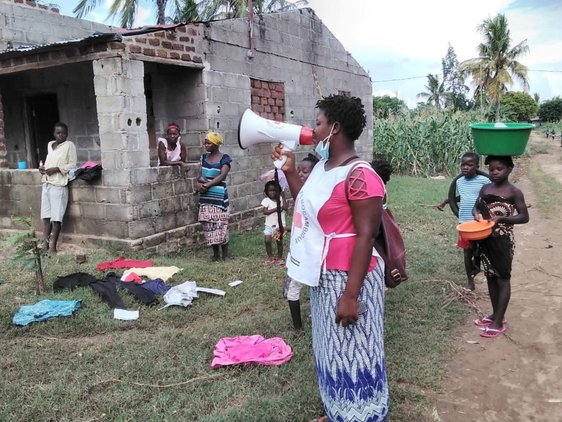
Mocuba District in Nampula Province. (c) Mozambique Red Cross Society
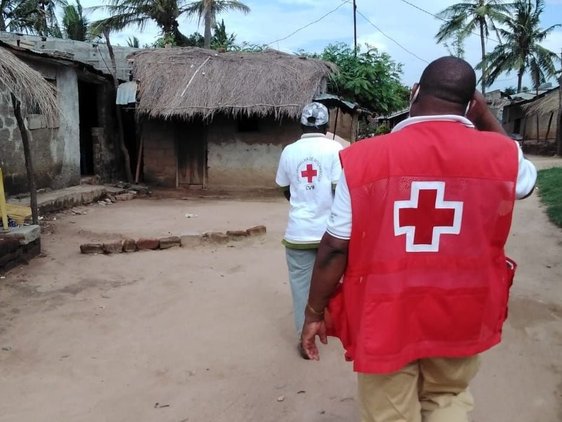
Mocuba District in Nampula Province. (c) Mozambique Red Cross Society
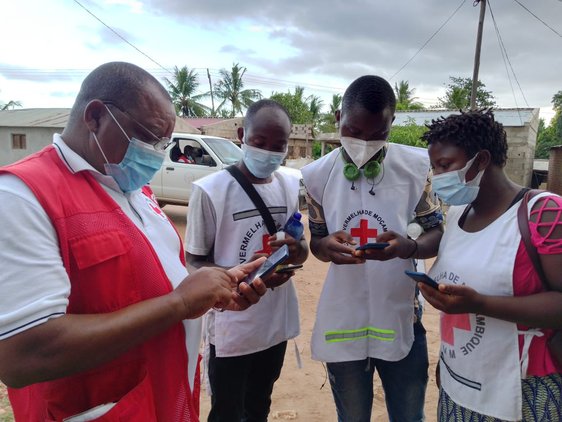
Mocuba District in Nampula Province. (c) Mozambique Red Cross Society
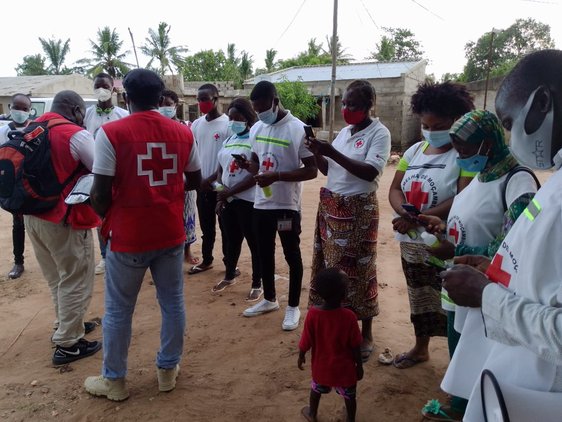
Mocuba District in Nampula Province. (c) Mozambique Red Cross Society
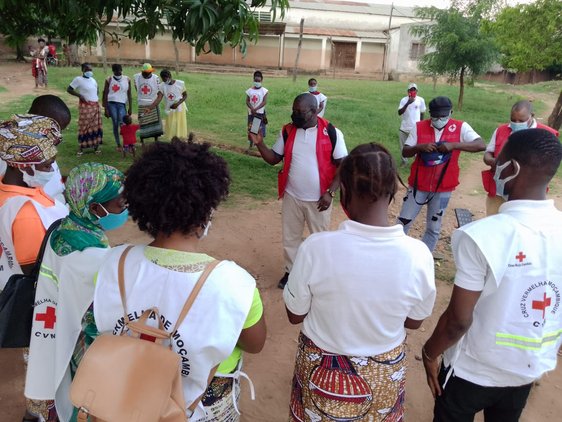
Mocuba District in Nampula Province. (c) Mozambique Red Cross Society
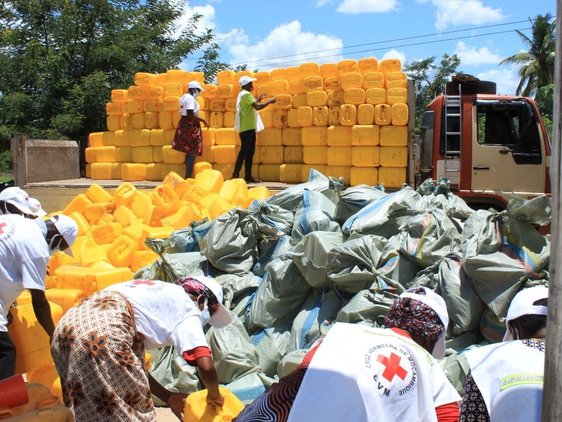
Mocuba District in Nampula Province. (c) Mozambique Red Cross Society
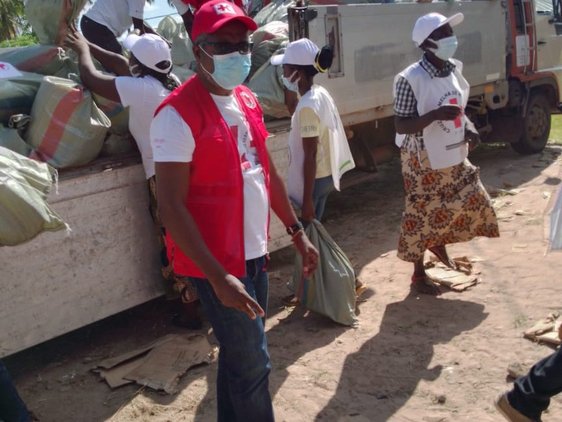
Mocuba District in Nampula Province. (c) Mozambique Red Cross Society

Mocuba District in Nampula Province. (c) Mozambique Red Cross Society
Mocuba District in Nampula Province. (c) Mozambique Red Cross Society
Mocuba District in Nampula Province. (c) Mozambique Red Cross Society
Mocuba District in Nampula Province. (c) Mozambique Red Cross Society
Mocuba District in Nampula Province. (c) Mozambique Red Cross Society
Mocuba District in Nampula Province. (c) Mozambique Red Cross Society
Mocuba District in Nampula Province. (c) Mozambique Red Cross Society
Forecast-based financing (FbF) has established mechanisms to automatically allocate funding for early action once forecasts indicate a high probability of an extreme weather event. The goal of FbF is to anticipate disasters, and prevent and reduce their humanitarian impact. A key element of FbF is that the allocation of financial resources is agreed in advance, along with the specific forecast threshold that will trigger the release of those resources for the implementation of pre-defined early actions. The roles and responsibilities of everyone involved in implementing these actions are defined in an early action protocol (EAP).
In Mozambique, the EAP for Floods was developed in November 2020 in a joint effort by the Mozambique Red Cross Society, the German Red Cross, the IFRC, the Red Cross Red Crescent Climate Centre and local authorities, such as the National Disaster Management Authority and hydro-meteorological services. The FbF project in Mozambique, which led to EAPs for floods and cyclones, was funded by the German Federal Foreign Office. In December 2020, the EAP for Cyclones was the first EAP to be activated in Africa.
